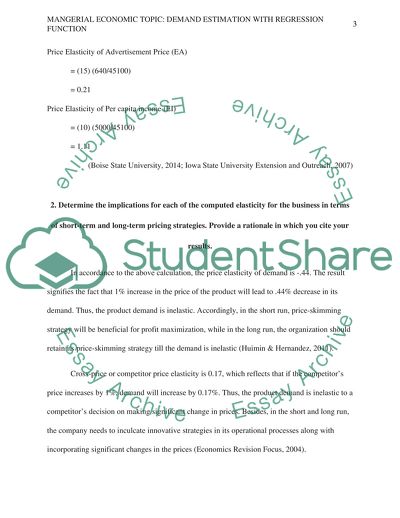Cite this document
(MANGERIAL ECONOMIC TOPIC: Demand Estimation with Regression Function Assignment, n.d.)
MANGERIAL ECONOMIC TOPIC: Demand Estimation with Regression Function Assignment. https://studentshare.org/macro-microeconomics/1845106-mangerial-economic-topic-demand-estimation-with-regression-function
MANGERIAL ECONOMIC TOPIC: Demand Estimation with Regression Function Assignment. https://studentshare.org/macro-microeconomics/1845106-mangerial-economic-topic-demand-estimation-with-regression-function
(MANGERIAL ECONOMIC TOPIC: Demand Estimation With Regression Function Assignment)
MANGERIAL ECONOMIC TOPIC: Demand Estimation With Regression Function Assignment. https://studentshare.org/macro-microeconomics/1845106-mangerial-economic-topic-demand-estimation-with-regression-function.
MANGERIAL ECONOMIC TOPIC: Demand Estimation With Regression Function Assignment. https://studentshare.org/macro-microeconomics/1845106-mangerial-economic-topic-demand-estimation-with-regression-function.
“MANGERIAL ECONOMIC TOPIC: Demand Estimation With Regression Function Assignment”. https://studentshare.org/macro-microeconomics/1845106-mangerial-economic-topic-demand-estimation-with-regression-function.


